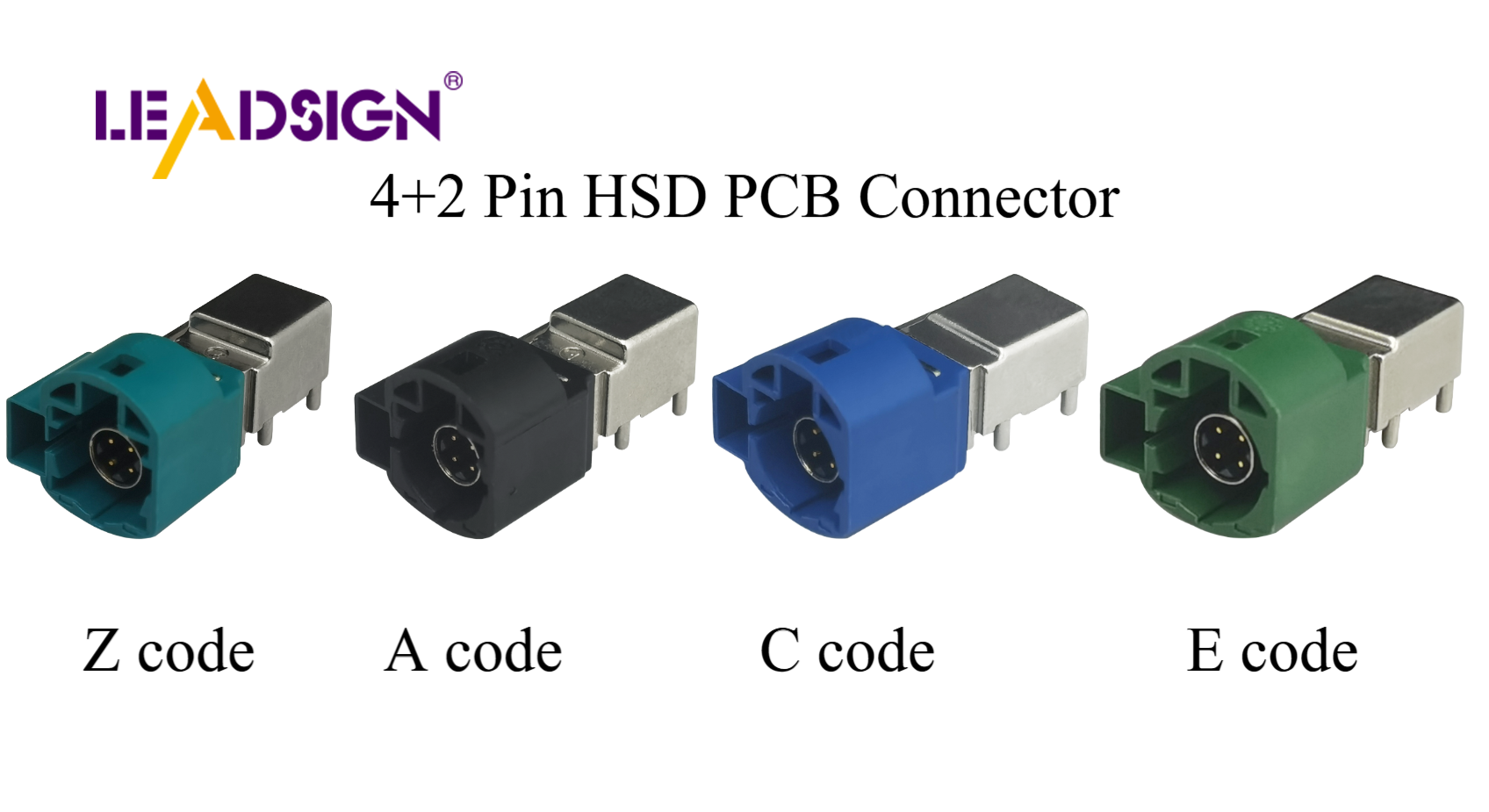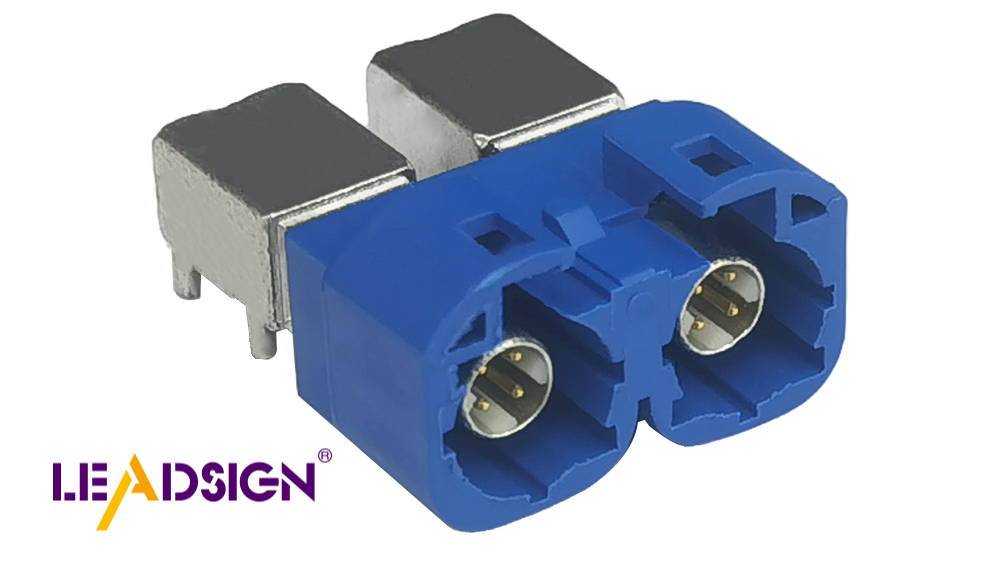Common Wiring Connector Types for Home Projects

Wire connectors are important in electrical projects. They keep connections safe and let electricity flow smoothly. Among the various wiring connector types, these connectors are very useful because they are reliable and easy to use. They don't cost much, so many people like them. Both electricians and DIY fans use them a lot. Picking the right connector is key for your home projects. Knowing different wiring connector types helps you choose wisely. This keeps your electrical work safe and efficient.
Key Takeaways
Understanding different wiring connector types is essential for safe and efficient electrical projects at home.
Twist-on connectors are user-friendly and ideal for quick fixes, while butt connectors provide strong, permanent connections for heavy-duty applications.
Solder seal connectors are perfect for waterproof needs, making them suitable for outdoor or moisture-prone areas.
Push-in and lever connectors offer tool-free installation, making them great for DIY enthusiasts looking for convenience.
Choosing the right connector involves considering the connection type, location, wire size, and power requirements to ensure safety and reliability.
Wire ferrules enhance connection stability by preventing wire fraying, making them a smart choice for various electrical applications.
Using the appropriate wire connector not only improves the performance of your electrical systems but also significantly reduces the risk of hazards like short circuits.
Types of Wiring Connectors

Knowing different wiring connector types is important for home projects. Each type has a special use and offers different benefits. Let's look at some common wire connectors you might see.
Twist-On Connectors
Description and Applications
Twist-on wire connectors are very popular in homes. You can put them on by hand, which makes them great for quick fixes. Inside, a metal spring or coil holds the wires tight. When you twist the wires, the coil grips them, making a strong connection. These connectors are good for joining many wires in lights and electrical boxes.
Advantages and Disadvantages
Advantages:
Easy to use without tools.
Can be used again for temporary connections.
Good for low voltage wiring connectors.
Disadvantages:
Not good for outside or wet places.
Only fits certain wire sizes.
Butt Connectors
Description and Applications
Butt connectors make a strong bond, especially with a crimping tool. They join two wires end-to-end. You often see these in cars and factories, where strength is needed. The design holds wires tight, making it reliable for many projects.
Advantages and Disadvantages
Advantages:
Gives a strong connection.
Great for low voltage wiring connectors and big jobs.
Stays firm against shaking and movement.
Disadvantages:
Needs a crimping tool to put on.
Can't be used again after crimping.
Solder Seal Connectors
Description and Applications
Solder seal connectors mix soldering and heat shrink tubing benefits. They make a waterproof seal for a strong connection. You use them where keeping water out is important. They are common in car wiring and other big electrical jobs.
Advantages and Disadvantages
Advantages:
Makes a waterproof seal.
Gives a strong and stable connection.
Good for tough places.
Disadvantages:
Needs heat to put on.
Can't be used again after sealing.
Push-In Connectors
Description and Applications
Push-in connectors are easy to use. Just push the wire in, and it stays. They are great for quick jobs. You see them in lights and boxes. They help connect many wires without tools.
Advantages and Disadvantages
Advantages:
Simple to use, no tools needed.
Quick to set up.
Good for joining many wires.
Disadvantages:
Can't use again after putting in.
Only fits certain wire sizes.
Crimp Connectors
Description and Applications
Crimp connectors hold wires tight. You need a tool to press them on. They are used in cars and factories. They make strong connections where shaking happens.
Advantages and Disadvantages
Advantages:
Strong and lasts long.
Stays firm against shaking.
Works for high and low voltage wires.
Disadvantages:
Needs a tool to put on.
Can't use again after crimping.
Spade Connectors
Description and Applications
Spade connectors, or fork connectors, join wires to screws. Slide the spade under a screw, then tighten it. They are common in cars and homes because they are easy.
Advantages and Disadvantages
Advantages:
Easy to put on and take off.
Makes a strong link.
Good for connecting to blocks.
Disadvantages:
Not good for places that shake a lot.
Must fit right for a strong hold.
Lever Connectors
Description and Applications
Lever connectors are easy to use for joining wires. Lift the lever, put in the wire, and push the lever down. This makes them great for fast setups and changes. You see lever connectors in lights and home projects where changes happen often.
Advantages and Disadvantages
Advantages:
Simple to use, no tools needed.
Can be used again for changes.
Works with both solid and stranded wires.
Disadvantages:
Not good for high-power uses.
A bit bigger than other connectors.
Ring Terminals
Description and Applications
Ring terminals connect wires to a bolt or screw. Slide the ring on the bolt and tighten it for a strong hold. These are used in cars and factories where a strong link is needed.
Advantages and Disadvantages
Advantages:
Gives a strong, lasting connection.
Stays firm against shaking.
Great for grounding wires.
Disadvantages:
Needs a tool to put on.
Hard to take off once on.
T-Tap Connectors
Description and Applications
T-Tap connectors let you join a wire without cutting it. Place the connector on the wire, close it, and add the tap wire. They are good for adding new circuits or devices to wires.
Advantages and Disadvantages
Advantages:
Fast and simple to set up.
No need to cut the main wire.
Good for extra connections.
Disadvantages:
Might not be as strong as other types.
Can be big, not good for small spaces.
Wire Ferrules
Description and Applications
Wire ferrules help in electrical work. They make connections neat and safe. Think of them as tiny metal tubes for wires. When you crimp a ferrule, it squeezes the wire strands tight. This stops them from fraying. It keeps the wire strong when put into connectors. Wire ferrules are used in control panels and circuit breakers. They are important for good connections.
Advantages and Disadvantages
Advantages:
Improved Connection: Wire ferrules stop wire strands from spreading. This makes a stable and strong connection.
Ease of Use: You can easily put on wire ferrules with a crimping tool. They are simple for both experts and DIY fans.
Versatility: These connectors fit many wire sizes and types. They work well for many uses, like low voltage wiring connectors.
Disadvantages:
Requires Tools: You need a crimping tool to use wire ferrules. This might cost more if you don't have one.
Limited Reusability: Once crimped, wire ferrules can't be used again. You must get new ones if you change your wiring.
Wire ferrules are great for safe and good connections in electrical projects. Knowing their pros and cons helps you pick the right wire connectors for home projects.
Why Use Wire Connectors in Your Projects
Wire connectors are very important for keeping electrical projects safe. They join wires tightly, stopping problems like short circuits. Using the right connectors makes your electrical systems work better and last longer.
Importance of Wire Connectors
Wire connectors keep electrical connections strong. They stop wires from getting loose, which can cause fires. They also help electricity move smoothly, so there's less chance of power loss.
Different connectors do different jobs. You can pick the best one for what you need. For example, Spade Connectors connect quickly to screws. They are good when you need to disconnect often. Their cover stops short circuits, keeping connections safe.
Accessibility and Safety Benefits
Wire connectors make connecting wires easy and safe. They help both experts and DIY fans finish jobs well. Push-In Wire Connectors are easy on hands and show if connections are bad. They fit in small spaces like cable trays.
Wire connectors also make things safer by keeping wires tight. This lowers the chance of short circuits or fires. Picking the right connectors makes your electrical system safer and better.
Picking the Best Wire Connector for Your Project
Choosing the right wire connector is very important for your home projects. The correct one keeps your connections safe, works well, and lasts long. Here's how to choose wisely.
Things to Think About
Connection Type: Decide if you need a forever or temporary connection. For example, Lever Wire Connectors are great for temporary setups. They can be used again and are easy to change.
Place: Think about where you'll use the connector. If it's a wet area, pick connectors like Solder Seal Connectors. They keep water out.
Wire Kind and Size: Make sure the connector fits the wire type and size. Push-In Connectors are good for solid wires. Wago Connectors work well with stranded wires because of their lever grip.
Easy to Use: If you want no tools, go for Push-In Connectors or Lever Connectors. They make the job easy and quick.
Power Needs: Check how much power the connector will handle. For big power jobs, pick connectors that won't get too hot.
Picking the right wiring connector is key for safe home projects. You learned about different connectors, each with special uses. Twist-On Connectors are good for quick repairs. Wire Ferrules stop wires from fraying. Knowing these helps you choose wisely. The right connector keeps your electrical work safe and steady. Whether it's low voltage cables or other types, always pick the best fit for your needs.
FAQ
What do wire connectors do?
Wire connectors join wires safely. They stop short circuits and problems. Whether you're a pro or a DIY fan, using the right connectors is key for safe projects.
Why are wire connectors important?
Wire connectors keep wires tight and safe. They stop wires from getting loose, which can cause fires. Connectors help electricity flow well, so there's less power loss.
How do I pick the right wire connector?
To pick the right connector, think about the connection type, where it will be used, and wire size. For waterproof needs, use solder seal connectors. Match the connector to your project.
Can you reuse wire connectors?
Some connectors, like lever ones, can be reused. They let you change things easily. But many, like crimp connectors, are for one-time use. Once used, they can't be reused.
What are common connectors for home projects?
Common connectors are twist-on, butt, and push-in types. Each has a different use, from quick fixes to lasting setups. Knowing them helps you choose the best one.
Are wire connectors good for outside?
Not all connectors work outside. For outdoor use, pick waterproof ones like solder seal connectors. They keep water out and connections safe.
How do wire connectors make things safer?
Wire connectors make things safer by keeping wires tight. This stops fires and short circuits. Using the right connectors makes your system safer.
Do you need tools for wire connectors?
Some connectors need tools. Crimp connectors need a crimping tool. But others, like push-in and lever connectors, don't need tools, making them easy to use.
Can wire connectors handle high power?
Some connectors can handle high power. Check the power rating to be sure. Using the wrong one can cause overheating and danger.
How do wire connectors help with design?
Wire connectors help design by letting you add parts easily. They let you connect things without big changes, making it easy to update systems.
See Also
An In-Depth Overview of HSD Connectors
Understanding HSD Connectors Within Automotive Applications
Why HSD Connectors Matter in Today's Technology

